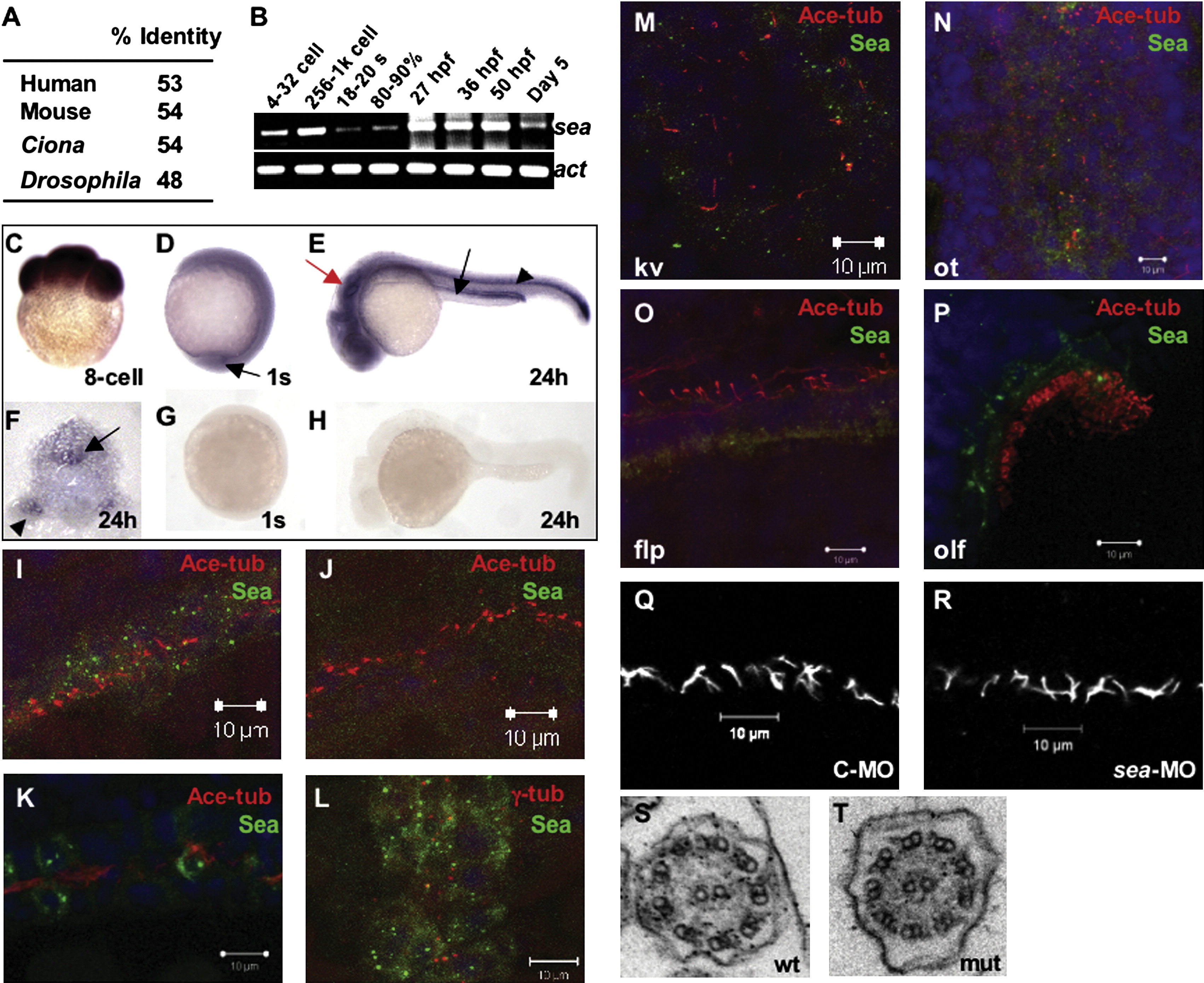Fig. 2 seahorse Is Enriched in Ciliated Tissues, but Is Not Required for Cilia Assembly or Motility
(A) Percentage of sequence identity between zebrafish Seahorse and homologs of Seahorse from multiple species.
(B) RT-PCR time course for seahorse expression during early development. S, somite; %, percent epiboly; sea, seahorse; act, β-actin.
(C–H) In situ hybridization for seahorse on embryos fixed at different stages. (C) Side view of an eight-cell stage embryo with animal pole to the top. (D) Side view of an embryo at one-somite stage with anterior to the top and dorsal to the right. Arrow points to Kupffer's vesicle. (E) Side view of an embryo at 24 hpf with head to the left and dorsal to the top. Red arrow points to the otic vesicle, black arrow points to the pronephric duct. Black arrowhead points to the floor plate. (F) Cross-section of a 24 hpf embryo with dorsal to the top. Arrow points to the floor plate while arrowhead to the pronephric duct. (G) Sense control of (D). (H) Sense control of (E).
(I–L) Confocal projections of immunostaining in the pronephric duct. Wild-type (I) and sea morphants (J) are shown at the 18-somite stage; the wild-type embryo in (K) is 50 hpf. Seahorse signal is shown in green, and acetylated tubulin (cilium) in red. (L) Wild-type embryo at 18-somite stage, with Seahorse in green and γ tubulin (centrosome/basal body) in red.
(M–P) Confocal projections showing Seahorse in green and acetylated tubulin in red. (M) Kupffer's vesicle (kv) in an 8-somite stage embryo. (N) The otic vesicle (ot) in an embryo at 24 hpf. (O) The floor plate (flp) in an embryo at 24 hpf shown in a side view with anterior to the right and dorsal to the top. (P) The olfactory pit (olf) in an embryo at 78 hpf.
(Q and R) Confocal images showing cilia labeled with anti-acetylated tubulin in embryos injected with control or seahorse MO at the 20-somite stage.
(S and T) Electron micrographs showing cross-sections of the cilium.
C-MO, embryos injected with control morpholino; sea-MO, embryos injected with seahorse morpholino; wt, wild-type; mut, mutant.
Reprinted from Developmental Cell, 14(6), Kishimoto, N., Cao, Y., Park, A., and Sun, Z., Cystic kidney gene seahorse regulates cilia-mediated processes and Wnt pathways, 954-961, Copyright (2008) with permission from Elsevier. Full text @ Dev. Cell

